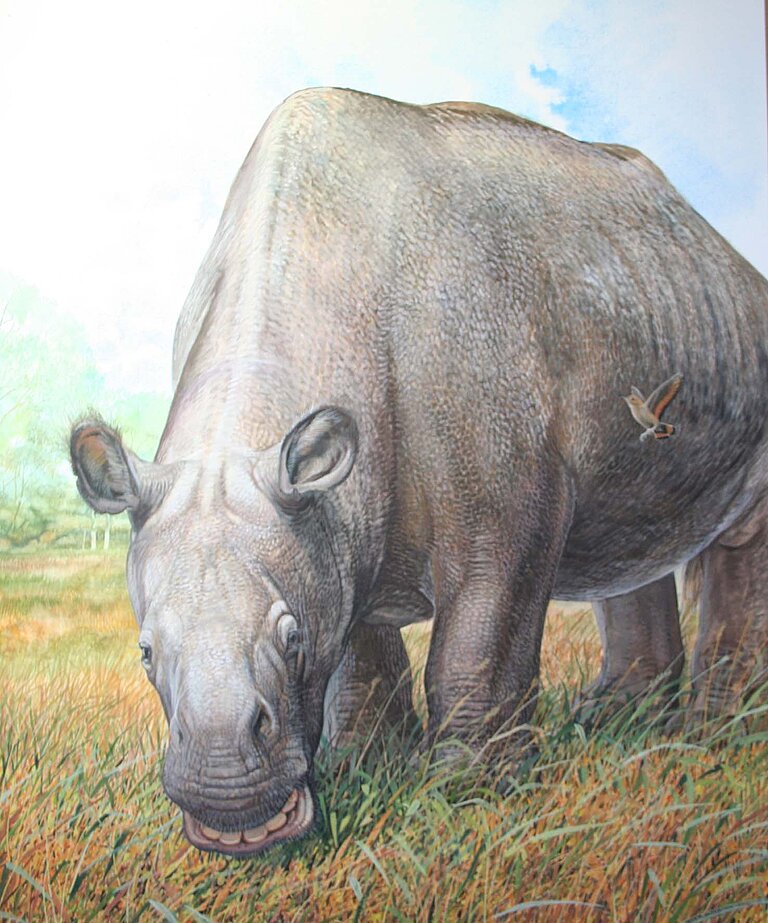Bone collagen sequences prove that South American native ungulates are closely related to horses, rhinos and tapirs but not to elephants
The South American native ungulates Toxodon and Macrauchenia were first found by Darwin 180 years ago in Uruguay and Argentina, yet their place in the phylogenetic tree of the mammals has long been an issue of debate. An international team of scientists from the University of York and the Natural History Museum in London, UK, the American Museum of Natural History in New York, USA, and the Max Planck Institute for Evolutionary Anthropology in Leipzig, Germany, has now provided the key to solving the evolutionary puzzle surrounding what Charles Darwin called the ‘strangest animals ever discovered’. Their remarkable technical feat in obtaining a molecular phylogeny based on Pleistocene protein sequences is a first, which could herald a new chapter in palaeontology.
